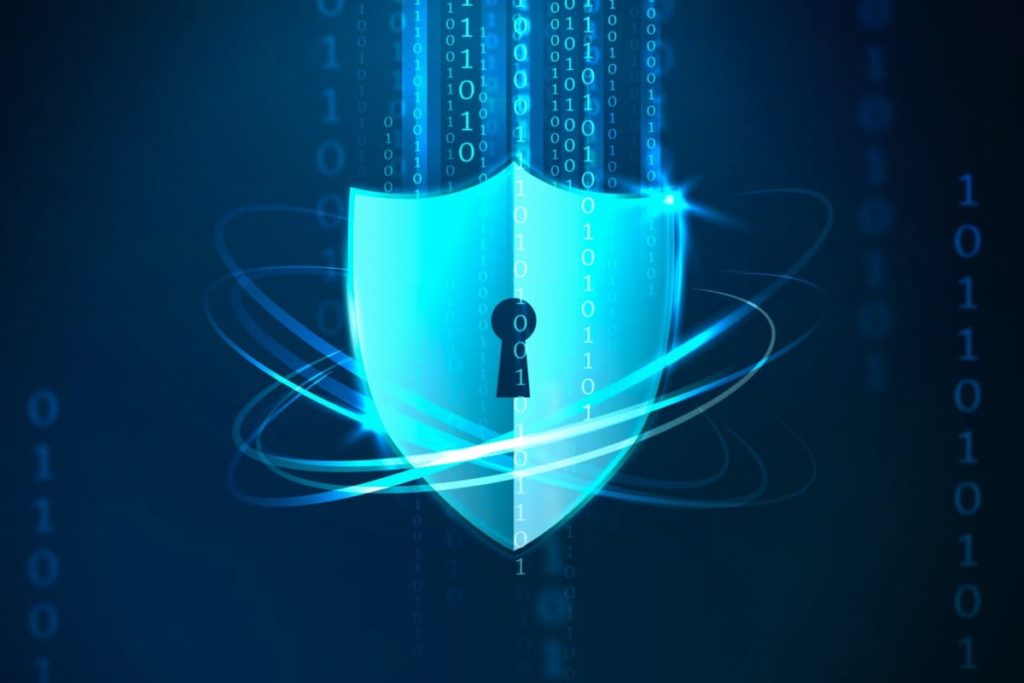With ambitious projects like TASMU. Qatar is a country that is fast transitioning to a digital economy. Qatar is one of the Middle East’s top cloud users and has a goal of establishing a knowledge-based society by 2030.
However, increased exposure to cyber risks and threats comes with digitization, which can have serious consequences for businesses and the nation as a whole. According to a PwC report, cyberattacks will cost Middle Eastern businesses $6 million in economic losses by 2020. Following regulatory compliance risk, cybersecurity-related risk is rated as the second-highest source of risk for enterprises in Qatar.
As a result, it is crucial for companies in Qatar to invest in cybersecurity and implement a framework that can shield their information, assets, operations, and reputation from cyberattacks. A cyber-resilient framework helps a company prepare for, withstand, recover from, and adapt to cyber incidents while limiting the harm they do to their goals and stakeholders.
Some of the benefits of implementing a cyber-resilient framework for businesses in Qatar are:
- Enhancing customer trust and loyalty.
- Reducing operational costs and downtime
- Improving competitive advantage
- Supporting innovation and growth
- Contributing to national security and stability
Businesses in Qatar must implement a comprehensive strategy that addresses the four major domains of governance, prevention, detection, and response if they are to achieve cyber resilience. In each domain, the following are some best practices that businesses can adopt:
- Governance: Establish a clear cybersecurity strategy, policy, and governance structure that aligns with the business objectives and risk appetite. Assign roles and responsibilities for cybersecurity across the organization and ensure accountability and oversight. Educate and train employees on cybersecurity awareness and skills.
- Prevention: Implement technical and organizational measures to protect the confidentiality, integrity, and availability of data and systems. Apply security standards and frameworks such as ISO 27001, NIST CSF, or CIS Controls. Use encryption, authentication, backup, firewall, antivirus, and other tools to prevent unauthorized access or damage.
- Detection: To detect potential or ongoing cyberattacks, monitor and analyze network traffic, logs, alerts, and indicators of compromise. Keep up to date on emerging threats and vulnerabilities by using threat intelligence sources. Conduct vulnerability assessments and penetration tests on a regular basis to identify and correct any flaws.
- Response: Develop and test an incident response plan that defines roles, procedures, communication channels, escalation paths, and recovery steps. Establish a crisis management team that can coordinate and execute the response plan. Report any incidents to relevant authorities such as the National Cyber Security Agency (NCSA) or Qatar Computer Emergency Response Team (Q-CERT). Conduct lessons learned reviews and implement corrective actions.
To protect their data and systems, businesses in Qatar need to work on cybersecurity continuously and cooperatively. It is not something that can be done once or by one department alone. By doing this, they can enjoy the advantages of digital technology while reducing the threats.


